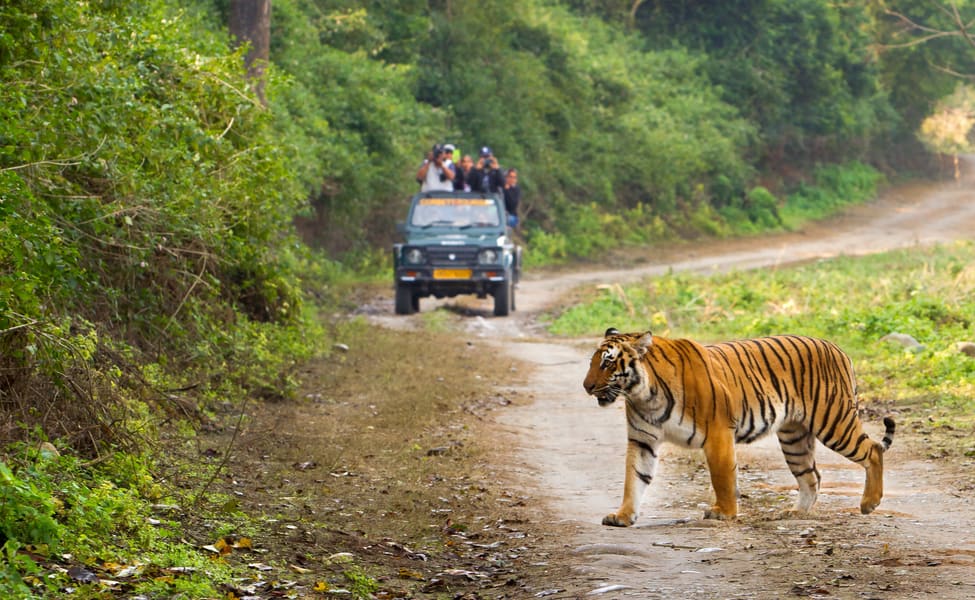The Essential Role of Pollinators in Ecosystem Health | Protecting Bees, Butterflies, and Beyond
Pollinators play a crucial role in maintaining the health and stability of our ecosystems. These remarkable creatures, including bees, butterflies, birds, and bats, are vital to the reproduction of many plants, which in turn supports the entire food web. Their contributions extend far beyond just producing the fruits and vegetables we enjoy; they are integral to the survival of numerous species and the functioning of natural habitats.
Why Pollinators Matter
Pollinators facilitate the reproduction of flowering plants by transferring pollen from one flower to another. This process enables plants to produce seeds and fruits. Without pollination, many plants would be unable to reproduce, leading to a decline in plant diversity and disrupting the food supply for various animals. It is estimated that one in every three bites of food we consume relies on pollination. This includes fruits, vegetables, nuts, and seeds that are essential for a balanced diet.
Beyond food production, pollinators are essential for the health of natural ecosystems. They support the growth of plants that stabilize soil, prevent erosion, and provide habitat for wildlife. For instance, flowering plants attract and sustain insects and birds, which are crucial for maintaining ecological balance.
The Diversity of Pollinators
Pollinators come in various forms, each contributing uniquely to the ecosystem:
- Bees: The most well-known pollinators, bees are responsible for pollinating approximately 70% of flowering plants. Honeybees, bumblebees, and solitary bees all play distinct roles in the pollination process.
- Butterflies and Moths: These insects are not only beautiful but also important pollinators for many plants, especially those with tubular flowers that they can access with their long proboscises.
- Birds: Hummingbirds are particularly effective pollinators due to their rapid, hovering flight and their preference for nectar-rich flowers.
- Bats: In tropical and desert regions, bats pollinate plants by feeding on nectar and transferring pollen between flowers.
Threats to Pollinators
Despite their importance, pollinators face numerous threats:
- Habitat Loss: Urbanization, deforestation, and agricultural expansion reduce the natural habitats where pollinators live and forage.
- Pesticides: Chemicals used in agriculture can be toxic to pollinators, leading to population declines.
- Climate Change: Shifts in climate affect flowering times and the availability of food sources, disrupting the delicate balance between pollinators and plants.
- Disease and Parasites: Pollinators are also vulnerable to various diseases and parasites that can impact their health and populations.
Protecting Pollinators
Protecting pollinators requires a multifaceted approach:
- Habitat Conservation: Preserve and restore natural habitats to provide pollinators with food and shelter.
- Sustainable Agriculture: Use organic farming practices and reduce pesticide use to create safer environments for pollinators.
- Plant Diversity: Cultivate a variety of flowering plants in gardens and landscapes to support a wide range of pollinators.
- Education and Advocacy: Raise awareness about the importance of pollinators and support policies that protect their habitats.
Conclusion
Pollinators are indispensable to our ecosystems, influencing everything from food production to natural habitat health. By understanding their role and addressing the threats they face, we can work towards a future where pollinators thrive and continue to support the diverse web of life on our planet.
Together, we can make a difference by adopting practices that protect and support these vital creatures, ensuring their survival for generations to come.






